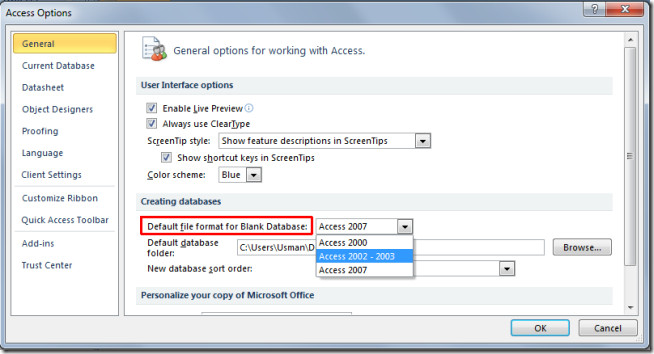

MACOS SIERRA APACHE NOT WORKING INSTALL
However I recommend the full install especially if you’re running Mojave. If you’re not interested in installing the entire Xcode app that’s fine, the Homebrew install command will install the basic Xcode Command Line Tools that it needs. If you’ve just done a fresh OS install, you probably won’t need to do this. Let’s get started! Get the Latest OS Updates I recommend a fresh install, but if you’re braving an upgrade instead, be prepared to chase down some files and paths. completely missing the mod_deflate.so module extension file entirely after the upgrade). Also, you don’t have to start with a fresh OS install to use this article, but I’ve been seeing some weird things happen when upgrading to Mojave vs a fresh install (e.g. I’ve not tested on prior versions of macOS, but it should work similarly. These instructions work the same for macOS 10.13 High Sierra and 10.14 Mojave. This new approach allows more flexibility for versioning and will continue to work across all macOS versions. With the ever changing security rules in macOS, I’ve decided to change my whole approach and instead disable the distributed version of Apache and use a setup entirely from Homebrew. A link to that article can be found at the bottom of this page.Īs a developer, I used to rely on the version of Apache that came pre-loaded with the OS on my MacBook Pro. If you’re a PHP developer, then this article is a pre-requisite to the next article which will walk you through installing PHP using Homebrew and PECL.

This article is targeted towards web developers who want an Apache web server install as part of their development environment setup on their Mac.


 0 kommentar(er)
0 kommentar(er)
